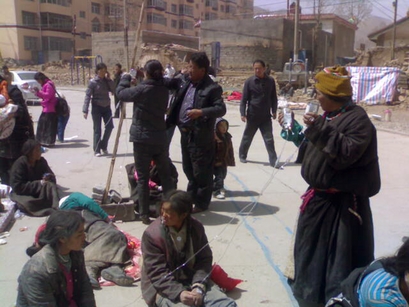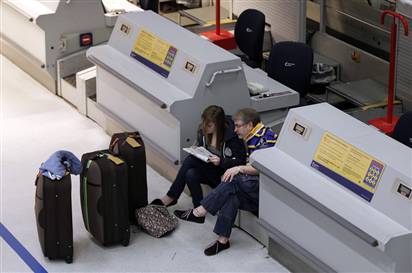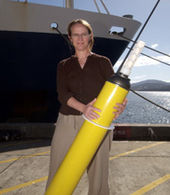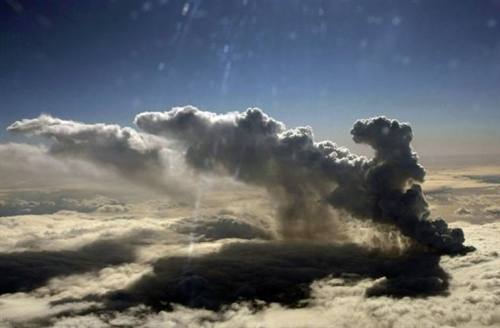
© Associated Press In this photo taken by a mobile phone, local people gather outside after being evacuated from buildings following an earthquake that hit the Tibetan area in Qinghai's south.
Beijing - A series of strong earthquakes struck China's western Qinghai province Wednesday, killing at least 300 people, injuring thousands and burying many others under toppled houses in a mountainous rural area, officials and state media said.
The U.S. Geological Survey said a magnitude 6.9 temblor struck an area in southern Qinghai, near Tibet, on Wednesday morning and was followed by several aftershocks.
The main quake sent residents fleeing as it toppled houses made of mud and wood, said Karsum Nyima, the Yushu county television station's deputy head of news, speaking by phone with broadcaster CCTV.
"In a flash, the houses went down. It was a terrible earthquake," he said. "In a small park, there is a Buddhist tower and the top of the tower fell off. ... Everybody is out on the streets, standing in front of their houses, trying to find their family members."
The quake hit the county of Yushu, a Tibetan area in Qinghai's south, said the China Earthquake Networks Center, which measured the quake's magnitude at 7.1. A local government Web site put the county's population in 2005 at 89,300, a community of mostly herders and farmers.






Comment: Good disinfo comes with a kernel of truth. It's impossible to get any climate related study published today without couching it in terms of "man made global warming caused by increased CO2 emissions."
Climategate: One Must Ignore 200 Years of Observations to Believe in AGW
Yes, the oceans are doing as described above, but not because of "global warming" as explicated by the IPCC. The oceans are heating due to undersea volcanic activity. At the same time, the upper atmosphere is cooling due to increased cosmic dust. As noted above, this has produced increased evaporation which leads to increased precipitation in the form of rain and snow.